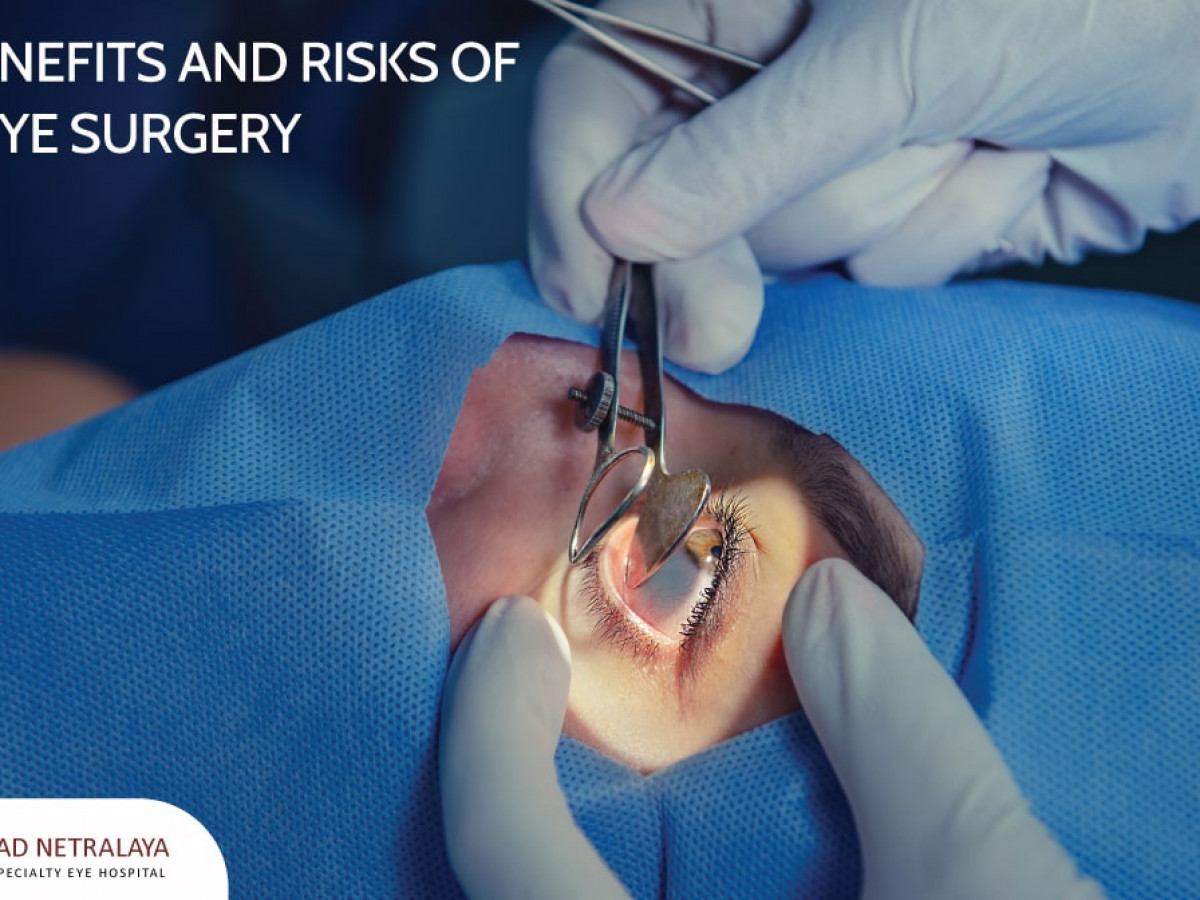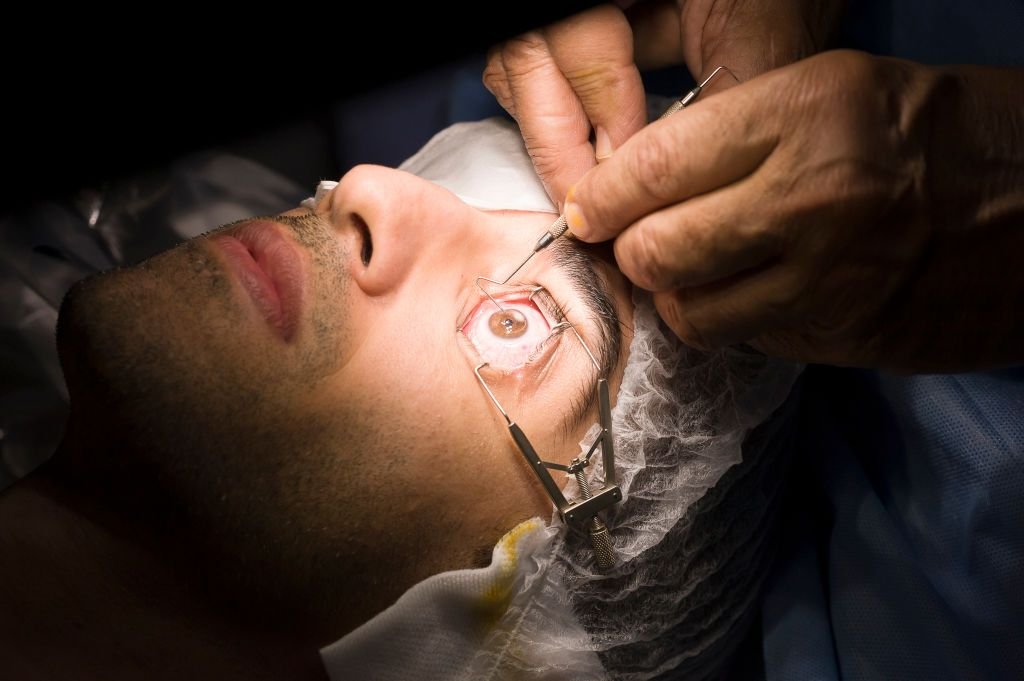A Comprehensive Check Out the Different Eye Surgical Treatment Procedures Provided by Knowledgeable Ophthalmologist
In the realm of ophthalmology, the landscape of eye surgical procedure procedures provided by competent eye doctors is as varied as it is advanced. From the commonly recognized LASIK eye surgical treatment to the less acquainted refractive lens exchange, each procedure holds the pledge of vision adjustment and improvement.

LASIK Eye Surgery
The precision of LASIK eye surgery offers clients a transformative remedy for vision improvement offered by competent eye physicians. LASIK, which means Laser-Assisted Sitting Keratomileusis, is a popular refractive surgical procedure that improves the cornea to attend to common vision problems such as farsightedness, astigmatism, and nearsightedness. This outpatient procedure uses a highly specialized laser to specifically remove microscopic amounts of cells from the cornea, enabling improved concentrating power and clearer vision without the need for glasses or call lenses.
Throughout the LASIK treatment, the eye cosmetic surgeon produces a thin flap on the cornea making use of a microkeratome or a femtosecond laser. This flap is after that folded back to access the underlying corneal cells, which is reshaped making use of an excimer laser based upon the client's distinct prescription. The flap is after that rearranged, where it sticks back into location without the requirement for stitches, advertising quick healing and minimal discomfort post-surgery. With its high success price and rapid recuperation time, LASIK eye surgical procedure has actually ended up being a relied on approach for attaining long-term vision renovation.
PRK Treatment
An extremely reliable choice to LASIK eye surgery is the PRK treatment, recognized for its successful end results in vision adjustment. PRK, or Photorefractive Keratectomy, is a kind of refractive surgical procedure that reshapes the cornea to remedy refractive errors such as astigmatism, farsightedness, and nearsightedness.
During the PRK procedure, the external layer of the cornea, called the epithelium, is removed to access the underlying corneal tissue. Unlike LASIK, which produces a flap in the cornea, PRK straight reshapes the surface area of the cornea. Tallahassee Eye Doctors. This makes PRK a suitable alternative for patients with thin corneas or various other corneal irregularities that may avoid them from undertaking LASIK
The epithelium regrows normally over a few days after the treatment. While the healing time for PRK is generally longer compared to LASIK, many people attain outstanding aesthetic end results with this procedure.
Cataract Surgical Treatment
Cataract surgical treatment is a common procedure carried out to eliminate the over cast lens of the eye and replace it with a clear man-made lens. This surgical procedure is typically done on an outpatient basis and is extremely effective in bring back vision. The gloomy lens, which is known as a cataract, creates slowly and can trigger blurred vision, problem seeing at night, and sensitivity to light.
Throughout the cataract surgery treatment, the ophthalmologist makes a small laceration in the eye and makes use of ultrasound technology to separate the over cast lens. The fragmented lens is after that carefully sucked out, and a man-made intraocular lens (IOL) is put in its place. This IOL aids to concentrate light onto the retina, boosting vision.
Clients going through cataract surgical procedure are generally awake during the treatment, which typically lasts around 15-30 minutes. Recovery time is reasonably quick, with many individuals discovering improved vision within a couple of days. It is vital to adhere official statement to post-operative treatment guidelines provided by the eye doctor to guarantee ideal healing and vision end results.
Refractive Lens Exchange
Refractive Lens Exchange, likewise called lens substitute surgery, is a procedure that includes eliminating the eye's all-natural lens and changing it with a fabricated lens to remedy vision issues. This medical strategy is primarily made use of to treat presbyopia, serious hyperopia (farsightedness), and other refractive errors that can not be adequately attended to with traditional approaches like glasses or get in touch with lenses. Throughout the procedure, the natural lens is usually changed with a premium intraocular lens (IOL) that can correct refractive mistakes and, in many cases, also prevent the growth of cataracts in the future. Refractive Lens Exchange is taken into consideration a secure and reliable alternative for people seeking to minimize their dependancy on restorative eyeglasses and enhance their overall quality of vision. By consulting with a knowledgeable ophthalmologist, individuals can determine if they appropriate candidates for this kind of surgical procedure and discuss the potential advantages and threats related to the treatment.
Corneal Transplant
Having actually dealt with refractive mistakes through procedures like lens substitute surgery, skilled ophthalmologist also provide corneal transplants as a solution for specific eye conditions. A corneal transplant, likewise called corneal grafting, includes replacing a harmed or unhealthy cornea with a healthy and balanced contributor cornea to boost vision. This treatment is generally suggested for individuals with conditions such as keratoconus, corneal scarring, corneal abscess, or corneal thinning.
Throughout a corneal transplant, the ophthalmic surgeon eliminates the central portion of the harmed cornea and changes it with a donor cornea that is thoroughly matched for dimension and shape. There are different sorts of corneal transplants, including penetrating keratoplasty, where the entire thickness of the cornea is replaced, and partial density transplants like Descemet's removing automated endothelial keratoplasty (DSAEK) or Descemet's membrane layer endothelial keratoplasty (DMEK), which change just the internal layers of the cornea.

Final Thought

In the realm of ophthalmology, the landscape of eye surgical treatment treatments provided by experienced eye doctors is as varied as it is advanced.The accuracy of LASIK eye surgical treatment offers people a transformative option for vision modification given by proficient eye medical professionals.Refractive Lens Exchange, likewise have a peek at this website known as lens replacement surgical procedure, is a treatment that involves getting rid of the eye's natural lens and replacing it with an artificial read this lens to fix vision troubles.Having actually attended to refractive mistakes via procedures like lens substitute surgical treatment, experienced eye physicians additionally offer corneal transplants as an option for particular eye conditions.In conclusion, experienced eye physicians use a selection of eye surgical procedure treatments consisting of LASIK, PRK, cataract surgical procedure, refractive lens exchange, and corneal transplant.